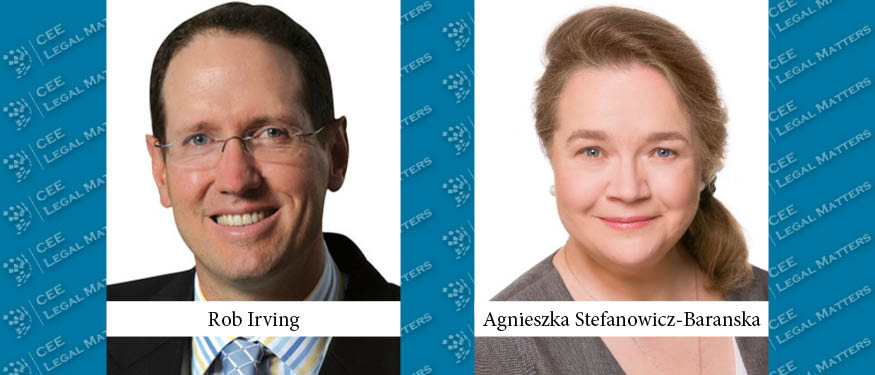For those who are part of a legal department of 20 in-house lawyers or more, are regularly invited by their Managing Director/CEO for breakfast (to speak about the weather and soccer results), and for whom workload and cost pressure are foreign concepts, there is no need to read further. For all others, welcome to the In-house Club: A club of increased pressure and an increased workload with an increased scope of duties and scarce resources and budget. Welcome to the world of, as Richard Buckminster Fuller put it, “To do more and more with less and less until eventually you can do everything with nothing.”
I’ll put the good news upfront: There is no need to retrain to become a pastor or firefighter (especially because as an in-house lawyer we are already both), or to fall into a serious depression. It is simply time for a new approach. Yes, it is an investment, but it will pay off in the long run.
Changes Need Time
Changing your current way of working will take time – exactly what you feel you don’t have. It is like changing the tires of your car while driving on the highway. We are all somehow stuck in our “old” cycle of business (busyness), buried under urgent tasks and To-Do-Lists as long as the Great Wall of China. Hence, it is time to allow yourself room for change! My suggestions are that you: Block your calendar accordingly (in my view you will need four hours per week at least, and the best days to find this time are either Monday mornings or Friday mornings); Stop doing things which are a waste of time and only consume energy (for example, eliminate as many meetings and calls as possible and do not allow someone to steal your time by being late or unprepared); Keep your messages (including PowerPoint presentations) as short as possible; Try for a while to focus on only one or two communication channels instead of using all (eMail, Skype/ Lync, mobile phones, conventional phones, SMS, WhatsApp, etc.) simultaneously.
Collaboration Counts
First, you are not alone on this journey (and you should not be). Find a Partner or a Coach – perhaps external to the company, though normally such people can be found within an organization/company as well. Potential partners/coaches may come from your company’s LEAN Champion (LEAN is a systematic management method, originating with the Toyota Production System, for eliminating of waste by concentrating on what adds value), if it has one, or someone in charge of Strategy, a Head of Finance, or even your CEO (this will also guarantee support for your activities companywide). Visit a conference (like the CEE Legal Matters General Counsel Summit) to get in touch with colleagues and learn from their experiences.
You can also be your own coach, by introducing the concept to an objective observer. Split your personality in two, one representing your old self and the other one representing the objective observer. This sounds funny and needs some practice, but it really works.
Further, communication is key! To increase understanding (as well as recognition) of your activities and preparation for the upcoming changes start to communicate your plans as early as possible, and make a point of involving your key-stakeholders.
Make It SIF
“Simple can be harder than complex. You have to work hard to get your thinking clean to make it simple. But it’s worth it in the end” (Steve Jobs).
Now, after you have created room for change (to clean your thinking) and set up your network of supporters, the tough work can start. Make it Simple, Make it Innovative, Make it Flexible (SIF) are nice buzzwords, but where should you start? In my experience, it all starts with an objective assessment of the status quo: The scope of duties, way of working (including tools, templates, processes, outside counsel set-up, budget, etc.), internal stakeholders, and needs and expectations, all grouped under main categories like Compliance, Contracting, Corporate, Counseling, Collaboration, and Costs. Having all these topics grouped and broken down you can start to ask: Is it Simple (e.g., do you have all contract templates and are they simple, do contracts use the same structure, are processes short and necessary, and do you have the right [number of] outside counsel engaged)? Is it Innovative (e.g., how do you communicate with your audience, and do you have self-service tools in place)? Is it Flexible (e.g., have you made templates for FAQs, do you have a clause library, do you train your colleagues regularly)? The outcome of this SIF-review should be reflected in an Assessment and Improvement Plan that you are able to implement.
This is for sure only the beginning! There is much more to be discovered by “Doing Everything with Nothing.”
This Article was originally published in Issue 4.4 of the CEE Legal Matters Magazine. If you would like to receive a hard copy of the magazine, you can subscribe here.


















